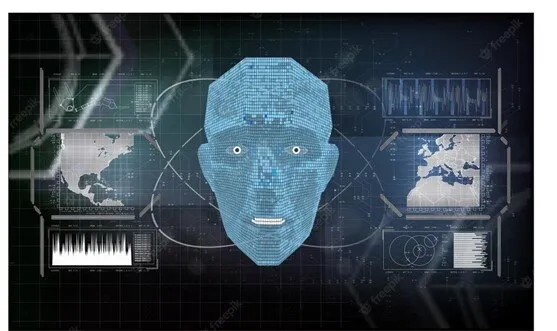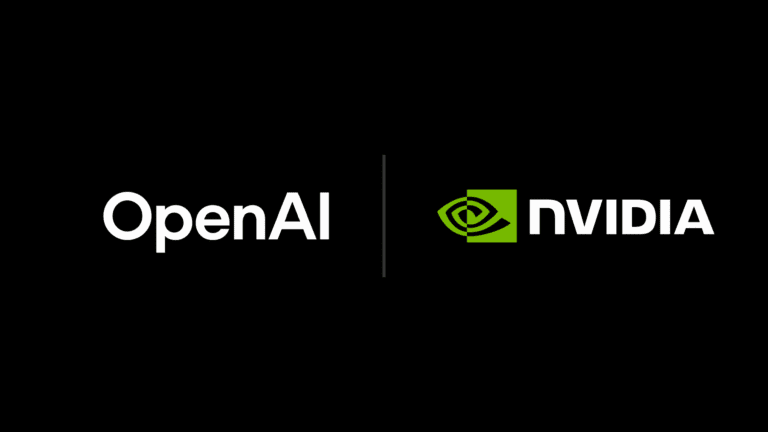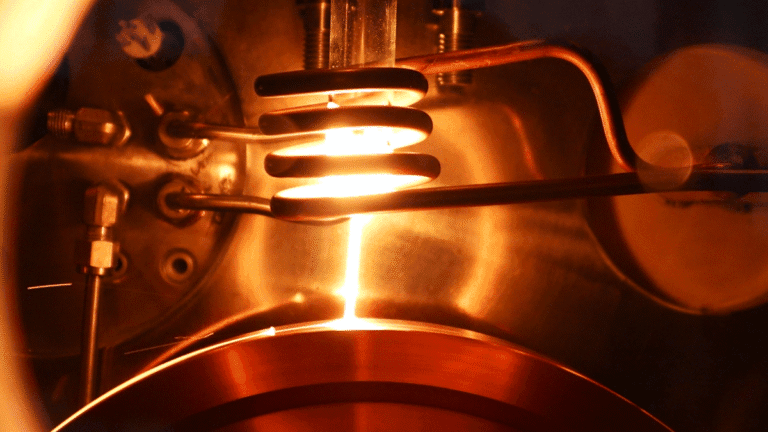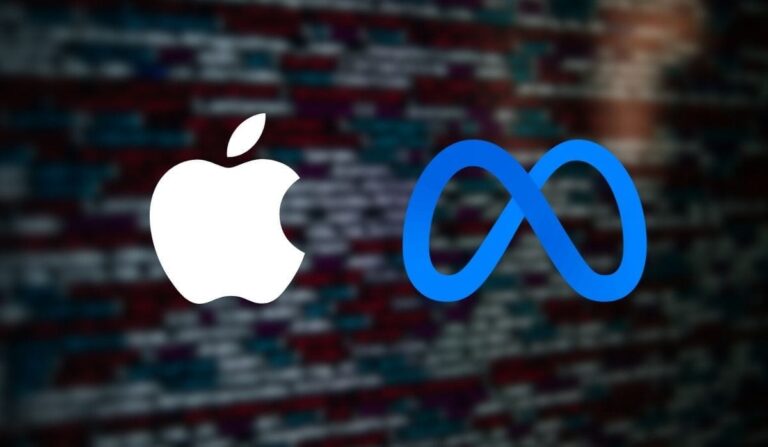
Predicting the Future: How AI Foresees Your Actions Before They Happen
Artificial Intelligence (AI) has achieved a significant breakthrough, with new systems capable of predicting human activities up to five seconds before they occur. This revolutionary advancement leverages cutting-edge machine learning techniques and behavioral analysis, opening new frontiers in healthcare, security, and beyond.
The Science Behind Predictive AI
This innovation is rooted in the latest research in neuroscience and AI modeling. Scientists have meticulously analyzed patterns of human behavior, gestures, and environmental cues to create algorithms that forecast imminent actions. These AI models are trained on extensive datasets of human activity, captured through videos, motion sensors, and various tracking technologies.
For example, the system can deduce that someone reaching for a cup is likely about to drink or that a glance at a watch might indicate readiness to leave. In experimental setups, the AI has demonstrated impressive accuracy, even in complex scenarios involving multiple individuals.
How Predictive AI Works
Predictive AI utilizes deep learning models, particularly Recurrent Neural Networks (RNNs) and transformer models, which excel at recognizing temporal sequences. These systems analyze real-time streams for subtle gestures, eye movements, and contextual clues that often escape human detection.
Real-World Applications
1. Healthcare
- Fall Prevention: Predicting potential falls in elderly individuals to enable timely intervention by caregivers.
- Seizure Prediction: Identifying early physical signs of seizures or other medical crises, allowing for swift response.
2. Security
- Suspicious Behavior Detection: Recognizing actions like drawing a weapon or attempting to flee, enhancing security measures.
3. Gaming and Virtual Reality (VR)
- Enhanced Player Experience: Anticipating players’ next moves to make virtual environments more responsive and immersive.
4. Human-Machine Interaction
- Smart Device Optimization: Predicting user commands, such as turning on lights or adjusting settings, before voice commands are issued.
Ethical Considerations
Despite its potential benefits, this technology raises significant ethical concerns regarding privacy and consent. Critics warn that real-time action prediction could lead to invasive surveillance or misuse by authoritarian regimes. There’s also apprehension about data storage and its commercial exploitation without explicit user consent.
The Future of Predictive AI
Experts believe that as AI continues to decode human behavior, it could become a vital tool for enhancing safety, convenience, and efficiency in daily life. However, its deployment must be governed by strict ethical guidelines to ensure responsible usage.
With AI now capable of predicting actions moments before they occur, society faces the dual challenge of embracing this technological marvel while safeguarding individual autonomy and privacy. The journey ahead will require careful navigation to balance innovation with ethical responsibility.



